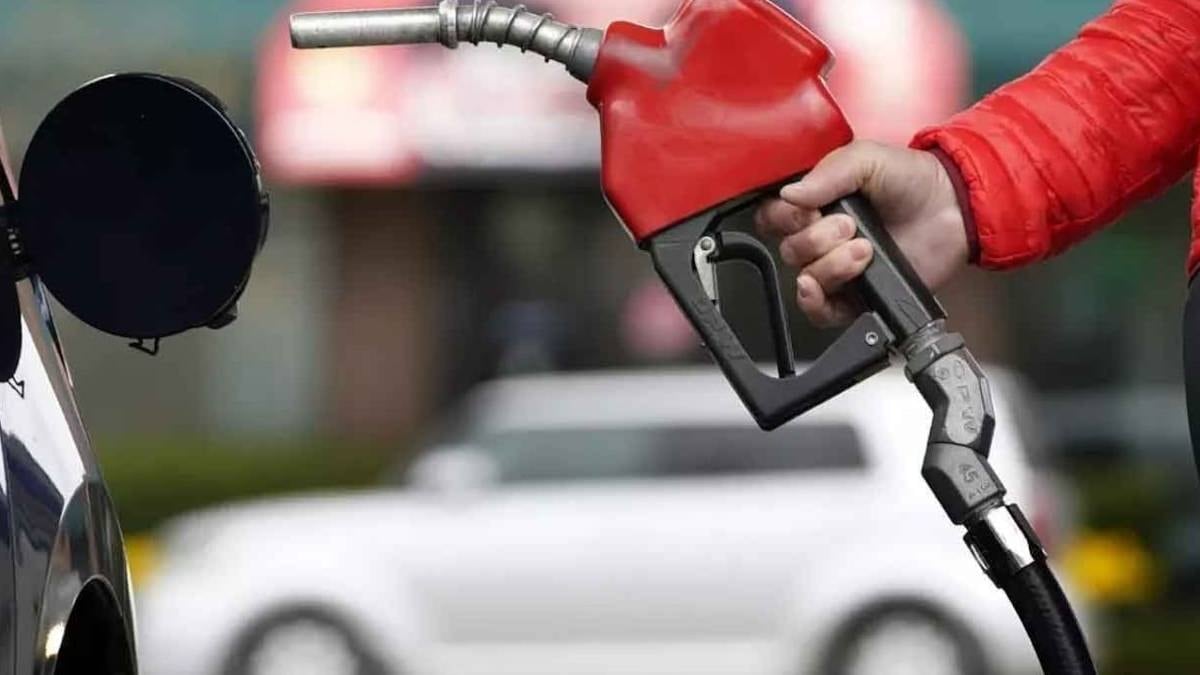This mistake made while filling the fuel burns the engine instantly

Experts believe the greatest risk is in older cars. Vehicles from the 1980s and 1990s, in particular, lack modern fuel level sensors and vapor removal systems, allowing fuel to enter the vent pipes when the tank is full. This can lead to increased pressure in the pump system and leaks, potentially reducing vehicle performance.
The risk of leakage in the tank is increasingThe second risk group is vehicles with plastic tanks. These systems, which are lighter than metal tanks, can become deformed in hot weather due to fuel expansion. Experts noted that fuel can penetrate the plastic's pores over time, causing microcracks, which increases the risk of leaks in the long term.

Third, overfueling hybrid vehicles can lead to serious electronic malfunctions. Because the engine in these vehicles frequently stops and starts, tank pressure must be monitored electronically. Overfilling the tank has been reported to damage sensors and pressure-regulating systems, and in some cases, the engine can stall completely.
FIRE RISK EMERGESFuel overflow isn't just limited to mechanical damage; it can also pose a fire hazard if fuel overflows from the tank into the drain line or onto hot engine components. Experts recommend stopping fueling after the first "click" from the pump.
A SMALL MISTAKE CAN CAUSE HUGE EXPENSESTrying to go a few miles further by overfueling has been reported to result in thousands of lira in long-term repair costs. Experts emphasized the importance of not completely filling the tank and adhering to the refueling instructions in your vehicle's owner's manual to protect the fuel system.
SÖZCÜ





